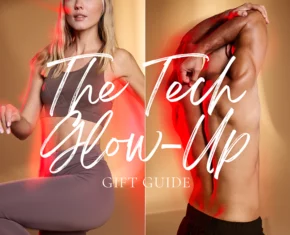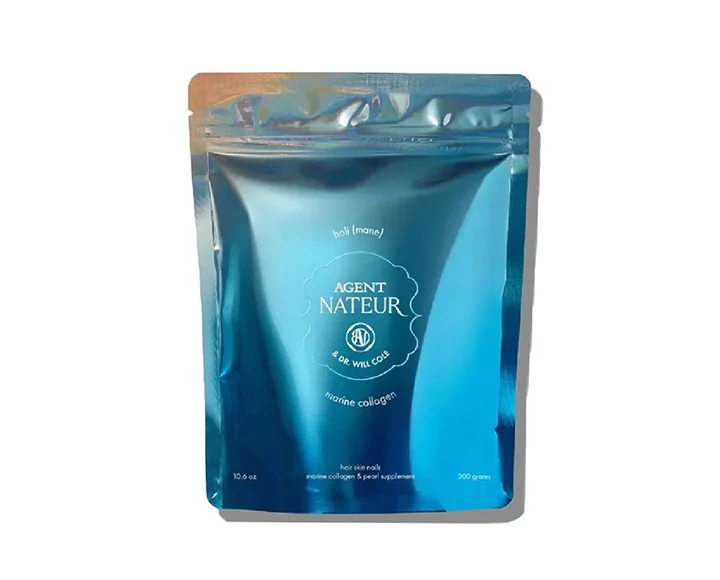Following a decade or two of radical tech booms and mind-reeling global interconnectivity, we find ourselves surrounded by other-worldly levels of convenience and choice…and very little personal touch. The sustainable, artisanal, and local movements we love are as much about regaining a sense of community as anything else. Knowing the makers of the things we use everyday – from produce to pillowcases – is innately satisfying in an age of the all-mart-dot-com.
We recently gathered high up in the cozy, winding hills of Laurel Canyon for a celebration of American artisans with our friends at The MiA Project. Micha Thomas and Jaime Lawson have launched the new shopping platform to provide folks with just the kind of well-made, “locally” produced goods we’re craving, supporting manufacturers and artisans who both source materials and manage operations right here in the U. S. of A. We chatted with the girls all about this American-made shopping trend, how it is recovering many of our traditional arts, and how it interlaces with our sustainable values…
THE CHALKBOARD MAG: There are many factors to keep in mind when trying to be a “mindful” consumer these days. Lets talk about the value of products that are specifically “made in America.”
MICHA THOMAS AND JAIME LAWSON: An obvious reason, and good place to start the conversation, is to talk about manufacturing independence and economic growth. Designers and makers today are not trying to learn skills this country never possessed historically. A lot of the activity in the design and manufacturing sectors happening now is an attempt to bring back skills and industry we once excelled in. In doing so there will be more manufacturing and art-based jobs available and more young people going into trades that are virtually dead here in the States. Being made in the U.S.A. doesn’t draw big headlines, but there are humanitarian and environmental reasons for manufacturing here that many people overlook. Stateside manufacturing allows for more control of human wages and fair standards, quality control, more realistic pricing of items and oftentimes less environmental impact. Making in America also puts much artistic control back in many designers’ and makers’ hands.
TCM: Why does being “made in America” matter so much to each of you personally?
MT & JL: We both come from families with deep military ties and have family members who have given many years of service to this country. We also both have fashion backgrounds, and with that comes a heightened awareness of the backstory of garments and objects. Feeling deeply connected to the art and design that’s created here and fascinated by the people creating it really drives us. Even if we hadn’t started The MiA Project, we’d be buying American made as much as possible, delving into the stories of American designers and supporting stateside manufacturing and creative industries as much as possible! Our interest is what led us to do this!
TCM: In one sense, shopping goods made in the U.S.A. is just a larger version of shopping local, wouldn’t you say?
MT & JL: Sure, the people that care about supporting their local economies are almost always the same people looking to buy American-made as much as possible. It’s a shared thread of conscious consumerism – being curious about who the person or company is behind a purchase, where hard-earned dollars are going and being a part of a community, large or small. The local and made-in-America movements are working together beautifully, and not just for apparel or furniture or accessories, but in supporting local spirit makers, local farmers and local businesses. The latter are important to both movements too.
TCM: LA vs. NYC: what’s happening in both cities with local manufacturing and artisanship?
MT & JL: It really should be Los Angeles and New York City – how local manufacturing and artisanship are thriving and influencing each other. There are so many great things going on in both cities. As many people know, Brooklyn has really excelled at birthing successful small-batch companies, and people around the world are now aware of that. It’s pretty cool. One thing a lot of people might not know about NYC is how many apothecary-type beauty companies and herbalists there are. Most of the ones we work with are based there. The majority of well-known American ready-to-wear designers are based in NYC, and see to it that plenty of their manufacturing happens locally.
In LA we excel in denim, but there is, without a doubt, incredible jewelry, ceramics and wardrobe staples, as well as high-end, structural clothing being made here. We have a great regional-farmers and local-food scene. One thing that LA is missing though is groups that support the local manufacturing companies and workers. NYC has Save the Garment Center, the Fashion Manufacturing Initiative from the CFDA, Made in Midtown, and the list goes on. Fashion luminaries, business owners, artists, they all fight diligently in New York to keep anyone who is important to the creation of a garment in business (button makers, seamstresses, etc.), but here we don’t band together, and we’re a massive power in the manufacturing industry. We’d love to see that change.
TCM: Where are U.S.-made brands and artisans shining?
MT & JL: Really all pockets of the country have something exciting going on and specialties of making or manufacturing. New York, the South, and LA have pretty rich apparel histories and are excelling in that to this day. In the Pacific Northwest there are a lot of skilled leather workers, furniture makers, etc., but really there is a high level of skill and creation going on across the country now, and there is definitely a renewed interest in learning crafts no matter where one lives. We can certainly credit companies like Etsy for elevating small-batch making and heightening many people’s interests in learning new hobbies and skills.
TCM: Any false ideas you think exist out there about shopping U.S.A.?
MT & JL: Unfortunately, one of the biggest misconceptions is probably that most of our very iconic American clothing brands actually manufacture here. There’s no reason to name names, but most big American clothing companies do not produce here at all. It’s not that we believe they’re trying to mislead anyone, but assuming they manufacture their items here is just a common mistake that many consumers make.
Another is probably the actual act itself – buying American made and how you can tell. Most people likely don’t know this, but there is no overall governance for labeling American made. There is no organization that polices the labeling of “Made in U.S.A.” and what standards are required to tout this. It makes for a very confusing purchasing experience for most people. It’s one of the many reasons we created The MiA Project. We wanted to present the stories of many of the visionaries in this new sector of manufacturing.
TCM: Fave made in the U.S.A. brands:
MT & JL: Way way too many to name! One of the longest standing ones that is thriving today though is Oregon-based Pendleton, and we’re so fortunate to be working with them and selling the line through The MiA Shop.
TCM: 3 fave items in shop:
MT & JL: Brass Ostrich Cuff by Joan Hornig Jewelry – most proceeds are donated to the charity of the purchaser’s choice, a timeless Vintage Linen Duvet Cover by MATTEO in fresh white, and Santa Fe Stoneworks‘ beautiful, handmade Vein Turquoise Money Clip.
TCM: Ways to get involved, discover, support U.S. brands:
MT & JL: Spread the word about your favorite American brands, buy your favorite American brands! Really, word of mouth and personal testimonials are the most important ways to help grow brands’ and designers’ businesses, which is what we seek to do – help them stay in business, grow their businesses and create new opportunities for them.
Your purchasing dollars let the rest of the world know what’s important to you and let companies large and small know that consumers will show up for made in U.S.A. items, which to many is a gamble right now.
TCM: What brand are you wearing for our summer gathering:
MT: Reformation dress, shoes from Yucca Valley’s The End, Dream Collective jewelry.
JL: Rag & Bone shorts, Haute Hippie blouse, vintage jewelry, Feminine & Masculine shoes (not made here, but I had to have them!).
TCM: What brands are you loving at home:
MT& JL: Garza Marfa, Heath Ceramics, Marble & Milkweed, MATTEO, Earth tu Face, Common Good, BKB Ceramics, the palatines shoes, Ben Medansky ceramics, Pendleton, Iacoli & McAllister, Robert Siegel Ceramics, Arrows & Eskers, Will Adler photography, the pairabirds art prints, Jordan Sullivan photography, etc.
TCM: Best discovery during the MiA Project experience?
MT & JL: How much both consumers and the designers/makers alike desired a hub like The MiA Project. Independent designers, which most of the designers we work with are, want to share their stories and their work with a larger audience. More consumers want to know where to find made-in-the-U.S.A. items and how to determine that they’re labeled correctly. We’ve had such great feedback from both sides since launching.
Another staggering realization is the breadth of products made right here in our backyard! We really delved into this a few years ago when we began researching and developing MiA. Made-in-the-U.S.A. products aren’t limited to only denim and woolen blankets. There are beautiful creations in almost every conceivable item category coming from all over the U.S.













